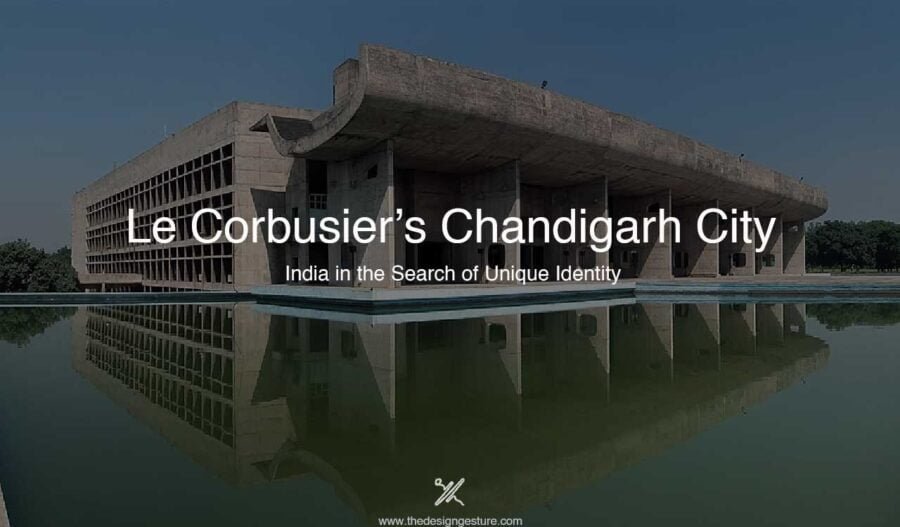Table of Contents
Bundi: A Historical Town
India is home to a diverse group of people. However, India’s civilization dates back over 4,500 years, making Indian culture one of the oldest in the world. Every place has a unique culture of its own. Among the many facets of Indian culture are language, religion, food, and the arts.
Indian architecture is steeped in the country’s history, culture, and religion. The most well-known architectural styles and traditions include the many variations of Hindu temple architecture and Indo-Islamic architecture, particularly Rajput architecture, Mughal architecture, South Indian architecture, and Indo-Saracenic architecture. Early Indian architecture was composed of wood, which did not last owing to rotting and structural instability. Instead, the earliest existing construction is Indian rock-cut architecture, which includes several Buddhist, Hindu, and Jain temples.
Such a great variety in architectural style can be observed in the state of Rajasthan. Rajasthan represents the country’s most beautiful and vibrant state. Its particular architectural style is well-known around the world.
History of Bundi
Hadoti, or the country of the Hadas, refers to the southeastern region of Rajasthan. The Chauhan Agnikula (fire dynasty) Rajputs include the Hada Rajputs as a significant branch. In 12C, they had made their home in the Mewar region’s hilly region of Bambaoda, close to Bijolian. In 1241, Rao Deva Singh of the Meena tribe took control of Bundi. When the Hadas relocated from the ‘Pathar’ in the area of Bambaoda, being the first step to the establishment of Hadaoti. The tiny path known as Bando Naal that runs between the rocky hills is whence Bundi gets its name.
The town of Bundi, which is tucked away in the Araavali hills, retains much of its ancient charm. Following the conquering of Kota by Prince Jait Singh of Bundi in 1264, Kota was given to Bundi as the eldest prince’s Jaghir (land grant). In 1624, Kota became a sovereign state.
Bundi’s history begins in 1193 A.D., when Prithviraj Chauhan lost to Mohammed Gauri. Following that, a few Chauhan lords retreated to the Chambal region, where they defeated the Meena and Bheel tribes. However, in the 12th century A.D., Bundi fell under the control of the Chauhans and rose to prominence in medieval times. Later, the Hada sect’s two groups founded autonomous states on either side of the Chambal River, Bundi and Kota.
Bundi was merged into the state of Rajasthan after independence. Bundi is said to have gotten its name from the tribal chifthain’s name-Bunda Meena, which came from the meena tribe that ruled the region. Hada Rao Deva conquered this country in the 12th century A.D. and established Bundi state and Hodoti.
Traditional Architecture of Rajasthan
Rajasthan is one of the most color and culturally rich states in India. The architecture of Rajasthan reflects the Rajput style of architecture and the Mughal style of architecture in its physical being. The traditional buildings which reflect the significant styles are the forts, and havelis which are spread across Rajasthan.
All the forts and havelis over Rajasthan, have some elements in them which make them the ideal Rajasthani buildings. These elements are large and small courtyards, chhatris, jharokha, the arched windows and the material used for construction indeed matters. The location of these buildings too is specific within Rajasthan.
These details also have influenced the housing in the state. The traditional housing of town, villages, or even cities have been inspired by the traditional architecture of the place which reflects the ideas of celebrating the culture and celebrating the history. With the modernist approach also, there are some special characteristics in the housing that reminds the richness of the place and its cultural history.
Traditional Housing of Bundi
Exploring the living spaces in Bundi or overall Rajasthan, the whole system is derived from the Vastu Purusha mandala. Understanding the term, Purusha is the energy, connection, or soul and Mandala is the representation of a chart that reflects the universe.
The Vastu Purusha Mandala is a metaphysical building planning system that encompasses the voyage of celestial beings and heavenly entities. The Vastu Purusha Mandala is an essential component of Vastu Shastra. In terms of mathematics, it is the diagrammatic depiction of architectural design in terms of star and planet movements.
According to Hindu Cosmology, the square represents the Earth’s surface, which also serves as the foundation for all Hindu forms. It depicts the Earth in four corners, illustrating a horizontal link between the sunset and dawn (the South and North directions).
Looking at the houses, the central space of the building is the courtyard and surrounding which the remaining functions are organized with the varying level of privacy in the houses. In earlier times too privacy was important in daily routine. The typical section of the houses works as you have a courtyard placed in the center and the second layer is of circulation and transition, the third layer is the functions. The courtyards are indeed inseparable elements of the Traditional houses. Sometimes, the placement of the courtyard may vary but the intention of the courtyard and function remains the same.
The courtyard is found with some architectural details such as the carved pillars (columns), and the brackets supporting the projection. With the Vastu Purusha Mandala, the central part is open which allows sunlight and air to penetrate to each and every space of the house. There are details that are been followed up from history. The details are the entrance, the windows, the organization of the functions, and the way it is transferred to physicality. The colors and fenestration, the scale of the built.
The traditional houses reflect the idea of preserving heritage and culture. Today, with the modernist approach to housing and residence, the town preserved the past and inspired the young generation to get inspired from. The relation between the physicality of residence and Vastu Purusha Mandala is to be experienced and observed from the perspective of history, ideology, belief, customs and traditions, and the geography of the place. The amalgamation of all this is the house that makes the lives of various generations and binds them together throughout time.




